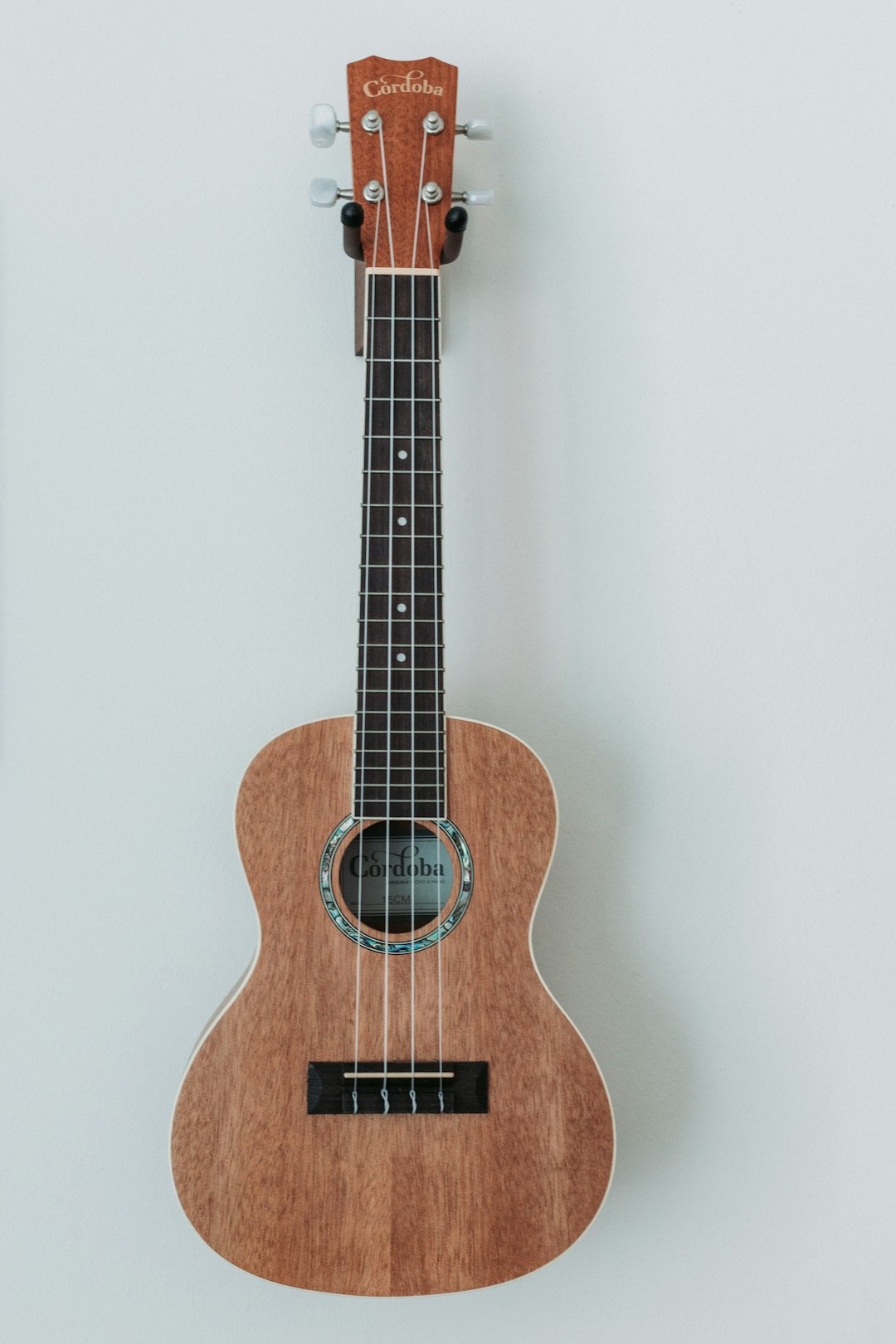How to Overcome Finger Pain on the Guitar?
NewsBeginning to learn the guitar also means facing hazards that we don't always think about when we are novices. Among them, the pain in the fingers of the left hand (if you are right-handed) and other parts of your hand, possibly even stretching to your arms.
Rest assured, these pains should disappear quite quickly with a little training! However, here are a few tips to overcome these pains so you will not abandon your instrument.
Reducing Pain: A Matter of Training
There are two types of pain when you start playing the guitar: those related to the friction of the pulp (fingertips) against the strings, and joint pain that can occur in both hands.
In both cases, the best way to get rid of these pains is to train! It is nothing more or less than a matter of habit, and it is important to train properly to avoid pain.
On this point, our advice is to go slowly and gradually. You have to give the calluses time to form at the tips of the fingers. Avoid playing for hours on end when you've just taken up the guitar! This is sometimes hard to do when you love playing so much. Start with short practices of 15 to 20 minutes (ideally less than an hour a day), then gradually increase the duration and frequency. This will prevent you from not touching your instrument for several days because of the pain you feel after too long a session.
Muscles and Joints of the Hand: A Little Exercise
Playing the guitar will, little by little, strengthen your hands and mobilize your joints. However, it is very likely that you will feel some pain at the beginning. Some daily exercises before playing the guitar can be beneficial. The hand can be strengthened in many ways, for example by simply pressing a stress ball. As for the joints, there are many exercises to strengthen the mobility of the wrist or fingers. A simple search on the internet will show you various exercises. Ideally, ask a physiotherapist.
Before the Workout, the Warm-up
It may sound silly, but the pain will be even more annoying if you don't warm up a little before starting. There are a lot of warm-up exercises that will allow you not to try delicate and uncomfortable movements right away, while helping you learn by working on your finger positions on the neck. The most important thing, in our opinion, is to listen to your body: do what feels right for you and don't hesitate to take breaks when you feel pain. Finally, if an exercise or certain workouts cause you repeated pain, slow down and approach it gradually and above all, without forcing yourself.
The Right Strings and the Right Pull!
Choosing the right strings to start is not easy for a beginner. Depending on your instrument (electric guitar, classical, folk, etc.) choose strings dedicated to beginners, with a reduced tension that will allow you to press less on the string to make it sound correctly. Choose a "light" tension and if the pain is really too much for you, there is always the possibility to tune your guitar a semitone lower. The strings will then be a little less tense. Nevertheless, some sets of strings should give you full satisfaction to start, we think in particular of the La Bella SweetTone and Royal Classics Preludio strings.
However, this will not always be possible on an electric guitar, at least without going to a luthier! Concerning folk guitars, known to be the most painful for the fingers when you start playing, there are also string sets that imitate the feeling and the sound of steel strings while being much less aggressive to the fingertips. You can for example look at what D'Addario offers with its nylon strings EJ32 and EJ33 for folk guitar. Alternatively, silk and steel strings are much less painful to the fingers thanks to the presence of silk between the copper filament and the steel string core.
Written by patrox
on 2022-03-27 08:24:04
Keep reading



The Guitar: One of the Major Figures in the Iconography of Pablo Picasso
The Guitar: One of the Major Figures in the Iconography of Pablo Picasso







